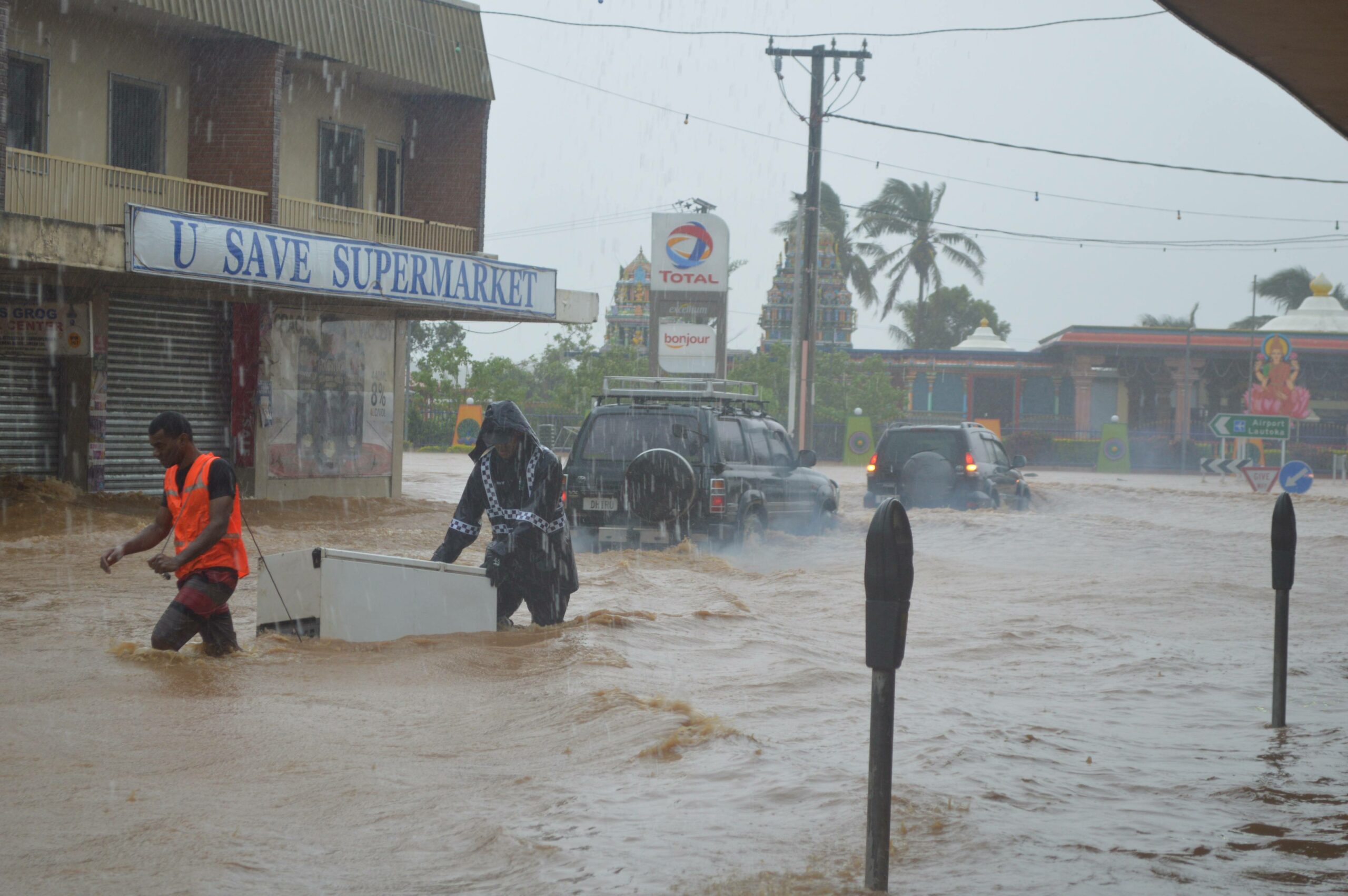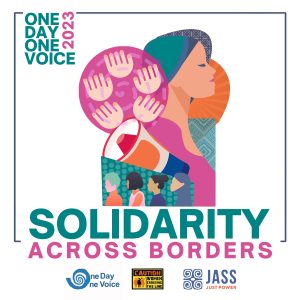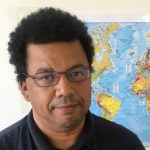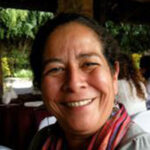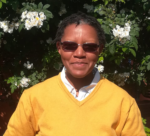By midnight of October 18, we feared that the Siaton River would break its dikes and flood our homes. Like many families deprived of sleep in Siaton, Negros Oriental, Philippines, my mother was on guard. The howling winds seemed to warn her: danger is on its way.
And the big flood did come, rushing in every direction through all the nearby towns. Bridges fell, spillways collapsed, and landslides blocked roads. Evacuation centers filled up, mothers holding their children tightly for warmth and safety. The rain continued. It was another long night, especially for those from poor communities.
Why do we see so many such calamities these days and what can we do about the situation? To continue JASS work on this front, a team is taking part in events related to the COP23 Conference in Bonn, Germany from Nov 3- 16, 2017. As JASS Southeast Asia, we will bring our direct experience with both the impact of accelerating climate change and of women’s leadership and community action in addressing the crises.
Recognizing the causes
Science tells us that as global temperatures continue to rise, moisture accumulates in the atmosphere, causing increased precipitation when it rains. The rise in temperature also heightens the risk of deeper droughts, affecting livelihoods and agriculture. Our warming oceans create stronger rain, melt glaciers, and raise the sea level. We feel the effects across the world, as a few examples remind us.
- 156 people were lost in the Afghan-Pakistan border in February 2016 because of heavy snow that caused avalanches for three days
- Over half a million people were affected in seven districts across Sri Lanka in May 2017 because of the rains that lasted for 48 hours
- 56 people died and 1.2 million were evacuated in South China in July 2017 because a storm triggered its six major rivers to flood
- More than 600 people were buried alive in Sierra Leone in August 2017 because heavy rains caused a huge mudslide
- Also in August, about 30,000 people needed temporary shelter in Texas, USA because of Hurricane Harvey
- Monsoon rains triggered landslides and floods that took more than 1,000 lives and affected 41 million people in Bangladesh, India, and Nepal
 However, we must look beyond science to uncover the human actions triggering climate change and the escalating frequency of disasters. Again, we have the answer already: the climate crisis is created by the existing global economic framework. Carbon-intensive economic activities have for many years been emitting GHG (global greenhouse gas) well in excess of safe limits. This aggravates the socio-economic and environmental crisis that affects, in particular, women from poor and developing countries.
However, we must look beyond science to uncover the human actions triggering climate change and the escalating frequency of disasters. Again, we have the answer already: the climate crisis is created by the existing global economic framework. Carbon-intensive economic activities have for many years been emitting GHG (global greenhouse gas) well in excess of safe limits. This aggravates the socio-economic and environmental crisis that affects, in particular, women from poor and developing countries.
Every year for more than two decades, governments have convened in high-level multilateral negotiations to attempt to resolve the climate crisis. As one important milestone, the United Nation Framework on Climate Change Convention (UNFCCC) agreed an overarching principle of “equity” and “common but differentiated responsibility.” This recognized that developed countries accounted for 80% of GHG emissions and thus bear greater responsibility than developing and underdeveloped countries, which bear the brunt of the impact. Developed countries should therefore drastically cut emissions, and also transfer reparative funds, build capacity, and share technology.
Despite such agreements, developed countries continue to evade their historical and current accountability. In previous climate negotiations, for example, the United States succeeded in winning exemptions from emission limits on bunker fuels and its military operations worldwide, despite the fact that these consume more fossil fuel than any other institution in the world. Then, earlier in 2017, the Trump administration pulled the United States from the 2015 Paris Agreement.
The Paris Agreement, for its part, falls far short of what is needed to address the present environmental crisis. It makes emission reductions subject to national contributions through the Intended National Determined Contributions (INDC) framework. This negates the historical responsibility of those countries that caused the climate crisis. With no distinction as to which countries are more accountable, the Paris Agreement demands the same emission-reduction from developing and underdeveloped countries as it does from their former colonizers.
Instead of establishing mechanisms for “loss and damage,” technology transfer, capacity building, and funding, these crucial steps remain to be debated. Indigenous and women’s rights have already been deleted from the outcome document of the Paris Agreement.

Disaster capitalism and vulnerability
Super Typhoon Haiyan of 2013, the most devastating typhoon on record in the Philippines, exemplifies disaster capitalism. After four years, many of the survivors are still living in temporary shelters. According to People Surge, an alliance of Haiyan survivors, the slow recovery is caused not only by government corruption, but also by the outsourcing of responsibilities to its corporate allies. Corporations enjoy profitable “rehabilitation” contracts while disaster victims barely receive shelter and food.
The delay in the provision of proper housing has increased the vulnerability of women and children while they remain in crowded evacuation sites and temporary shelters. While both men and women are affected by the deadly storm, it is poor women and girls who suffered the most extreme effects. With multiple responsibilities tied to their conventional role – taking care of their families, the elderly, and the sick – women often ignore their own needs. Lactating mothers and pregnant women prioritize nutrition for their families over their own need for healthy meals, while women and girls need to walk even further than before to fetch water for cooking and for hygienic purposes including menstruation. An alarming number of cases of sexual abuse and maternal death are recorded in Eastern Visayas. These communities suffer twice over: the impact of climate change reaches catastrophic levels and, at the same time, the government’s response falls short of protecting them.
Women as a formidable force
Environmental crisis deepens inequalities between genders, classes and regions of the world. But in this scenario, women are of course much more than their vulnerabilities and suffering. In fact, women’s leadership and knowledge of disaster response, rescue, and support are vital in disaster planning and management. For instance, in the Philippines, in the aftermath of Super Typhoon Haiyan, women:
- used flashlights and whistles to call for help
- went on to establish a system to gather and exchange seeds with other villages to grow community gardens for food
- formed movements and became spokespeople to amplify their collective voices for immediate relief and rehabilitation
- demonstrated that women can organize to become a formidable force in demanding climate solutions that uphold justice and human rights
The JASS global community supported the leadership of women survivors in their rebuilding process. In Southeast Asia in 2013, JASS used the regional platform “One Day, One Voice” to express solidarity, critical in relief strategies during disasters, to raise awareness about violence against women, and to show how women led disaster response in the Philippines.
Not just in Bonn during the conference, but across the world, movements outside of official negotiations are pursuing significant and tactical struggles. Despite the heightened repression of environmental and human rights activists, our movements are making considerable strides.
Women from the Global South in particular are reiterating the fundamental principles of “equity” and “common but differentiated responsibility.” As we hold countries historically responsible to climate change accountable, we urge those inside the official negotiations to continue to push for the red lines and demand people-centered mechanisms for adaptation, loss and damage, finance and technology transfer. Movement demands include women’s rights to:
- develop their agriculture for food production and security
- build and strengthen local economies to develop communities’ resilience
- enhance protection of ecosystems in general and as natural buffer zones in times of disasters
 While science is critical, without women’s perspectives and leadership, we will not be able to bring about sustainable change. Women are on the edge of climate change – naming problems, finding solutions, and making decisions. These problems are truly global, historical, and systematic. Movements of the women and communities most affected are essential if we are to build the power and momentum necessary to push for change not only inside the negotiations but also, more importantly, outside where our families and communities are at stake, where our mothers listen to the warning on the wind.
While science is critical, without women’s perspectives and leadership, we will not be able to bring about sustainable change. Women are on the edge of climate change – naming problems, finding solutions, and making decisions. These problems are truly global, historical, and systematic. Movements of the women and communities most affected are essential if we are to build the power and momentum necessary to push for change not only inside the negotiations but also, more importantly, outside where our families and communities are at stake, where our mothers listen to the warning on the wind.
Join In!
To follow the JASS Southeast Asia team in action during COP23 and allied events, find us on:
- Twitter: @JASSSEA #COP23 #womenclimatejustice
- Instagram: jass4justice
- Facebook: https://www.facebook.com/JASSSEA
Photos (from top to bottom): Fiji Department of Information, Candace Veramu, Lynton Aaron Filia, Taiki Kido. Retrieved from COP 23 Photo Contest

